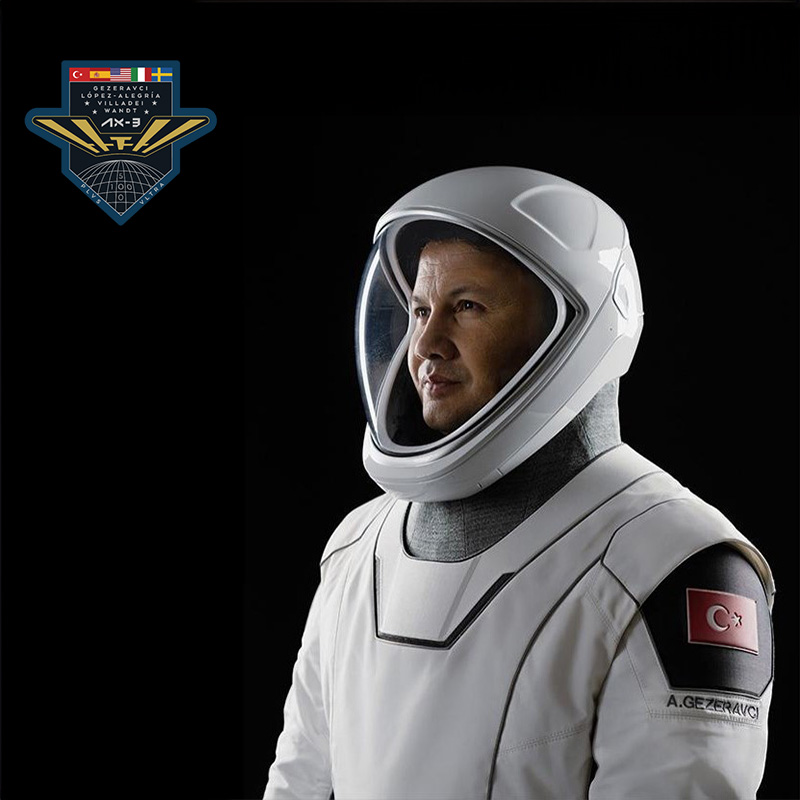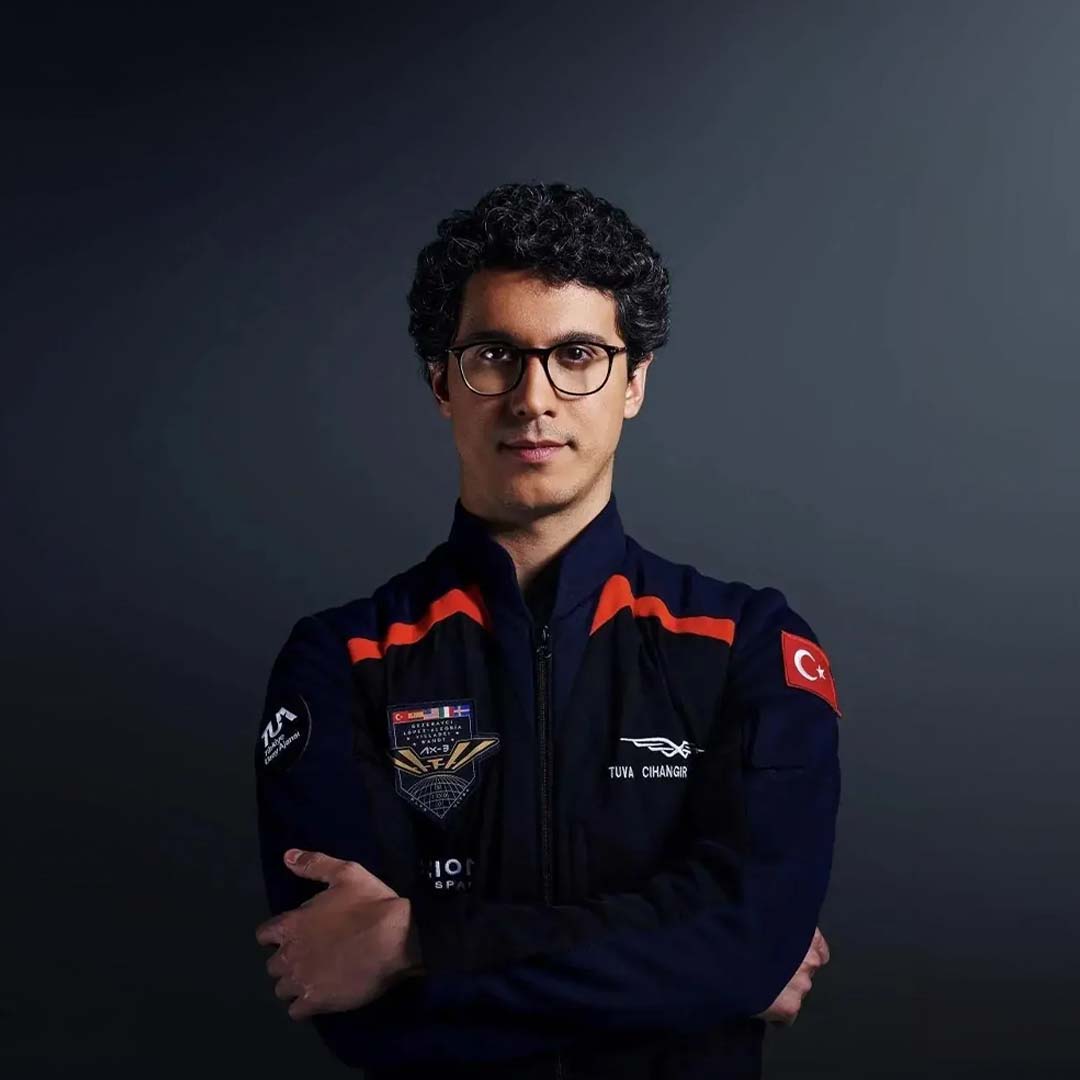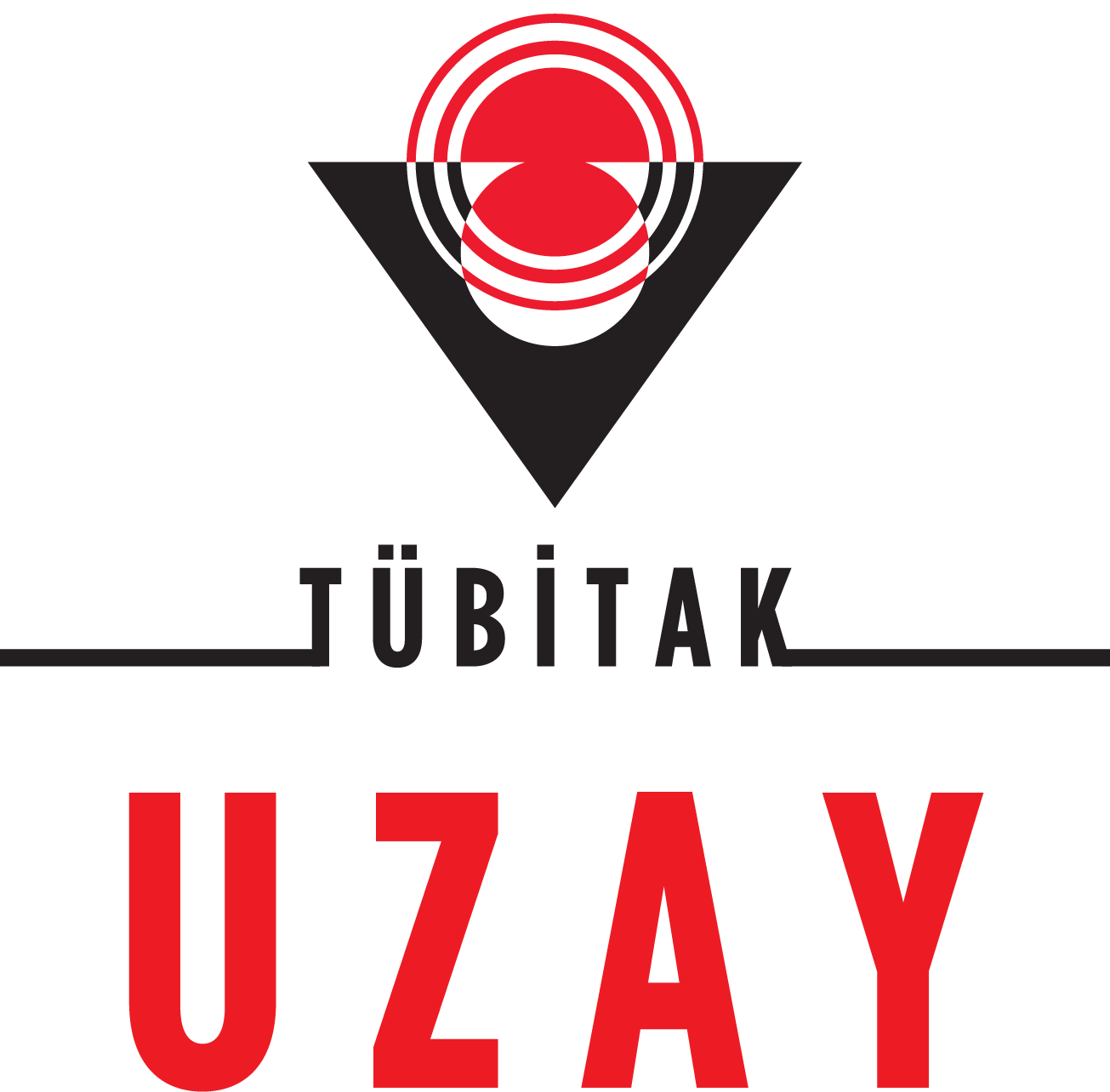UZAY
Manned Space Missions
International Space Station Science Mission

Alper Gezeravcı has been selected as the first Turkish astronaut within the TABM Project. Born in 1979 in Mersin, Alper Gezeravcı graduated from the Air Force Academy in 2001 and received his master's degree in Operations Research in the USA. Serving as an F-16 pilot in the Air Force, Gezeravcı is also an electrical and electronics engineer.
Alper Gezeravcı was sent to the International Space Station on the AX-3 (AXIOM-3) mission. The SpaceX Crew Dragon spacecraft carrying the astronaut was launched into space by a Falcon 9 Block 5 rocket and docked with the International Space Station at an altitude of approximately 420 km. After 18 days on the International Space Station, Gezeravcı completed Türkiye's first manned space science mission and landed on February 9.
Within the scope of the Space Mission, 13 experiments were carried out in microgravity in the fields of biology/ biotechnology, physics, technology and human research.
Virgin Galactic Suborbital Research Flight

Tuva Cihangir Atasever, Türkiye's second astronaut, completed the Suborbital Research Flight with Virgin Galactic's "VSS Unity" suborbital vehicle as part of the Turkish Astronaut Science Mission Project. The "Galactic 07" team, including Atasever, took off from the Spaceport facility in New Mexico at 08.30 a.m. local time in the United States and performed a flight lasting approximately 1 hour and 10 minutes with the "VSS Unity" suborbital vehicle. During the flight, the aircraft carrying the "VSS Unity" suborbital vehicle reached an altitude of about 14 kilometers and ignited its hybrid fuel rocket engine to reach an altitude of about 90 kilometers.
Atasever successfully conducted seven scientific experiments in a free-fall phase lasting approximately 3 minutes in a microgravity environment.



